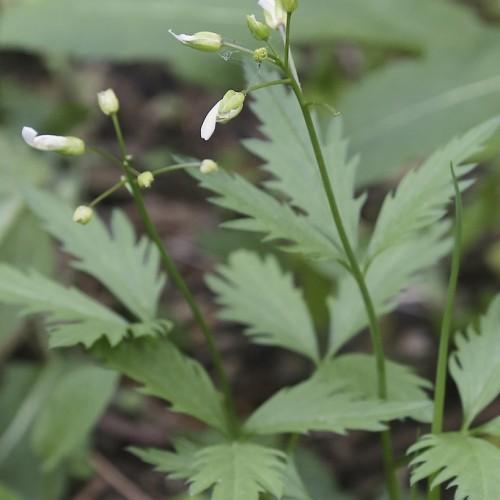
Large Toothwort
Cardamine maxima
Watering:
Minimum
Hardiness Zone:
Sun:
full sun,part sun/part shade
Leaf:
Yes
Growth Rate:
Low
Drought Tolerant:
Yes
Salt Tolerant:
Yes
Invasive:
Yes
Care Level:
Medium
watering
Hairy Bitter Cress should be watered lightly and infrequently. Allow the soil to dry out between watering. Aim to water about every 2 weeks, or when the soil feels dry to a depth of 1–2 inches (2.5-5 cm). Avoid wetting the foliage as this can cause rot. During the winter months, if grown in containers, reduce the amount of water to prevent root rot.
sunlight
Hairy Bitter Cress (Cardamine hirsuta) grows best in full sunlight or partial shade and benefits from at least 6 hours of direct sunlight each day. It is not a plant that does well in deep shade or heavy shade and should not be exposed to less than 4 hours of direct sun per day. During the growing season, typically mid-spring through mid-autumn, plants should receive most of the sunlight during the morning hours and receive some shade during the afternoon hours. During the winter months, this species can benefit from receiving more afternoon sun and less morning sun.
pruning
Hairy Bitter Cress (Cardamine hirsuta) should be pruned in late spring/early summer. Pruning can be done by removing any flower heads that have gone over, cutting back long stems, and deadheading. Pruning should be done consistently and regularly to help maintain the growth and health of the plant. Pruning should be done carefully in order to avoid damaging the delicate foliage. Aim to prune no more than 1/3 of the plant at any 1 time.
